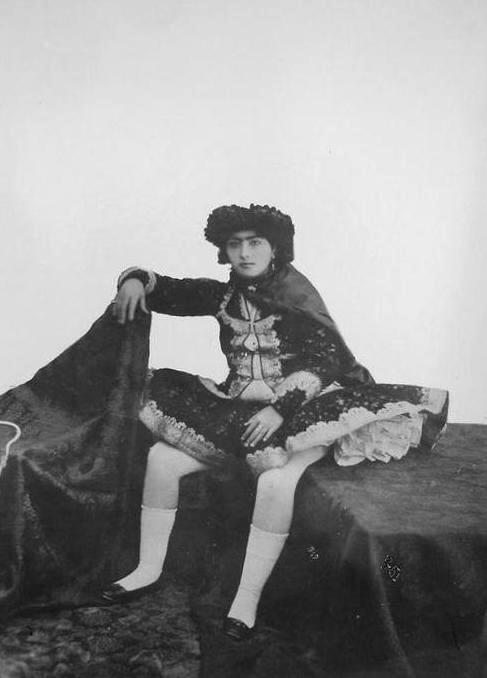
Figure 1.--This Antoin Sevruguin portrait is an unidentified Persian youth, probably taken in the late-19th century. We would guess he was part of the royal court, but we can not yet confirm this. . |

|
Although not Persian, Antoin Sevruguin is one of thge most important early Persian photographers. He has left us some of the few images of 19th century Persia. Sadly much of his body of work has best lost, both by accident and an effort to hide the country's past. Armenian-Georgian photographer Sevruguin's photographs were taken during the late-19th and early-19th century. Large numbers were destroyed. Some of the surviving images were saved by his sister. Antoin was born in the Russian embassy in Tehran, Persia (late-1830s). His father was an Armenian, Vassil de Sevruguin. His mother was Georgian Achin Khanoum. Armenia and Georgia at the time were part of the Russian empire, Caucasian provinces conquered from the Ottoman Empire. The senior Sevruguin was part of the Russian diplomatic mission in Tehran. Hecwas killed in aseback riding accident. For some reason after Antoin's father died, his mother was denied a pension based on her husband's service. She returned to her native Tiblisi. Antoin was studying art, thinking about pursuing a career in portrait painting. He gave this up in pat because he needed to make a living. He set up a photographic studio. As they had lived many years in Tehran and there were few studios there, he established himselkf in Tehran rather than Tiblisi. His brothers (Kolia and Emanuel) helped him set up the studio. He was active from 1870-1930. Sevruguin was an accomplished linquist. In addition to Russian, Armenian, and Georgian, he learned Persian as well as other languages wideky spoken in Persia. He was thus able to freely commuicate with not only ethnic Persians, but many other ethnic geroups in Persia. This opened many doors and allowed him to complile an extensive collection of images documenting Persia life at the time. He was the court photographer and operated one of the most successful commercil studios in Tehran. His photographs include the royal court, harems, mosques,other religious monuments. landscapes, as well as the many varied people of Persia. Shah Nasir al-Din Shah (1846-96)developed an interest in photography and
Sevruguin's work. This of course opened many doors for him. His images show Tehran as only a small city. Other are the only 19th century images of important landmarks. His ethnographic images are particularly important.
Tragically most of his images are lost. Cossacks serving Muhammad Ali Shah (1907-09) bombarded the neighborhood where his studio was located as part of an action to suppress Zahiru’d-Dawla, the constitutionalist Governor of Rasht. Sevruguin'is believed to have amssed more than 7,000 images. Only 2,000 were pulled out of the wreckage. More film images might have survived, but his images were on glass plates. Later Reza Shah Pahlavi (1925-1941) confiscated more of the remaining images, seeking to destroy any evidence of thge coutrt's traditional past. Most of what has survived are images hekd by his sister.
Navigate the Boys' Historical Clothing Web Site:
[Return to the Main 19th century photographer page]
[Return to the Main Iranian page]
[Return to the Main Middle Eastern page]
[Introduction]
[Activities]
[Biographies]
[Chronology]
[Clothing styles]
[Countries]
[Topics]
[Bibliographies]
[Contributions]
[FAQs]
[Glossaries]
[Images]
[Links]
[Registration]
[Tools]
[Boys' Clothing Home]
